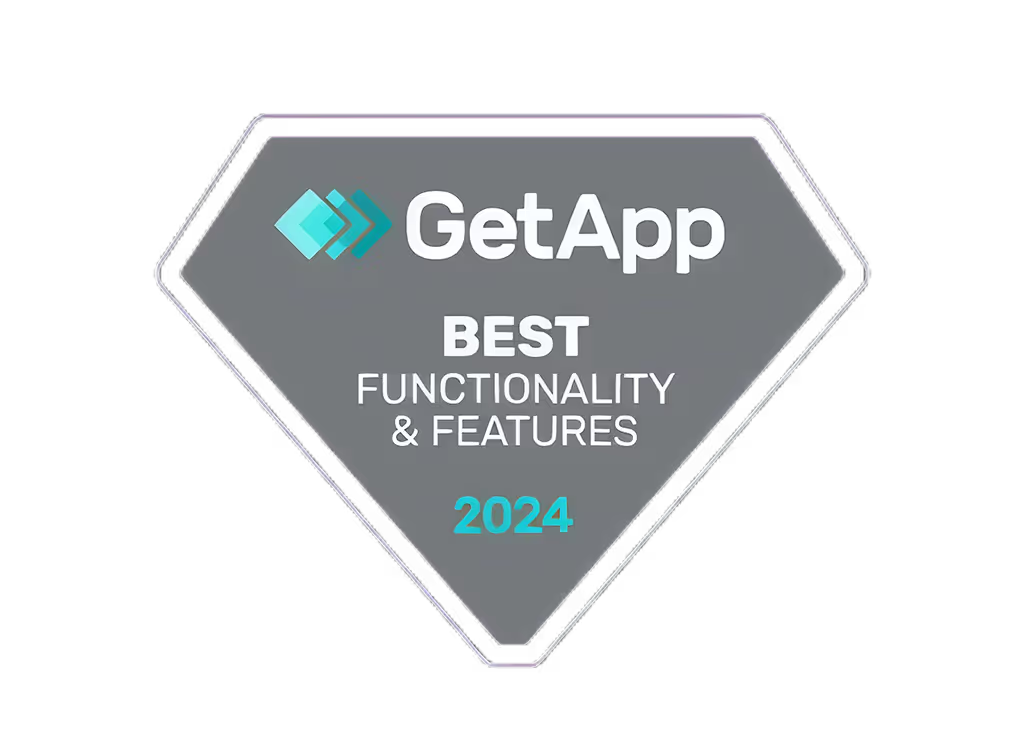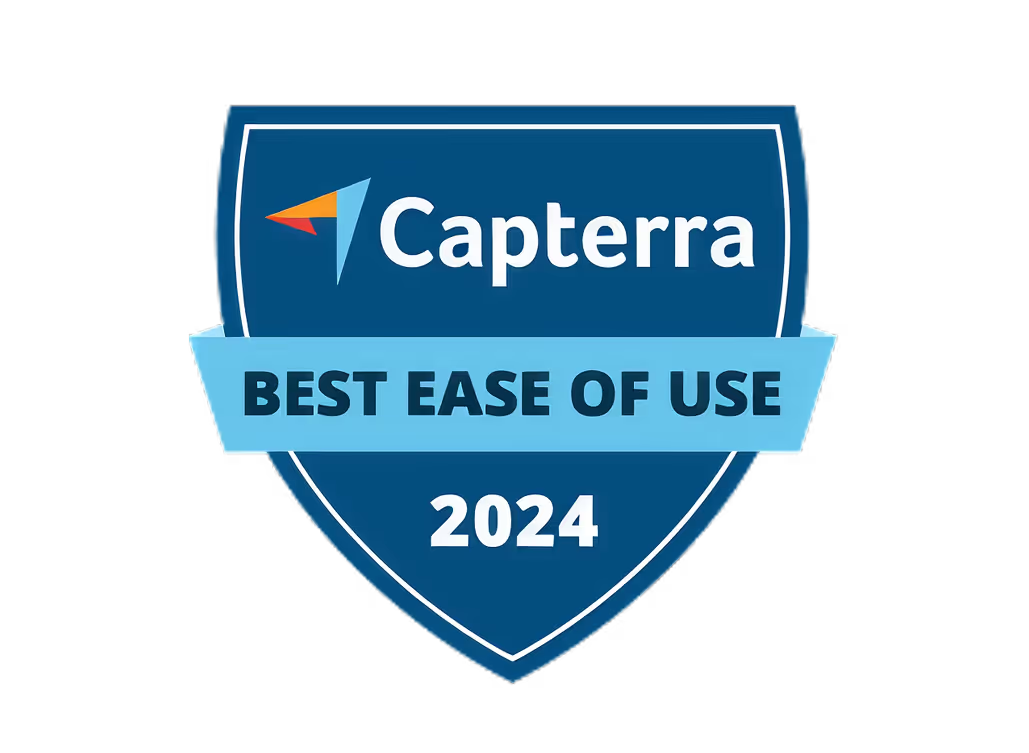Maximizing Impact: Google Ads for Nonprofits

Introduction
Nonprofit organizations are recognizing the power of online advertising to further their missions. One of the most effective platforms for this purpose is Google Ads. Not only does it offer a wide reach, but it also provides nonprofits with a unique opportunity to make the most of their marketing budget. In this blog, we will explore the world of Google Ads for nonprofits, from the basics to advanced strategies that can help your organization maximize its online impact.

Why Google Ads for Nonprofits?
Before we dive into the technical aspects of Google Ads for nonprofits, it's essential to understand why this platform is a game-changer. Here are a few reasons why nonprofit organizations should consider utilizing Google Ads:
1. Reach: Google is the most popular search engine globally, with over 5.6 billion searches conducted every day. By using Google Ads, nonprofits can tap into this vast user base, potentially reaching millions of potential donors and volunteers.
2. Cost-Effective: Google Ads allows you to set your budget and only pay when someone clicks on your ad (Pay-Per-Click or PPC). This means that you have control over your spending, making it an affordable choice for nonprofits with limited budgets.
3. Targeting: Google Ads offers a variety of targeting options, enabling nonprofits to reach the right audience at the right time. This precision helps in increasing the conversion rate and maximizing the impact of your ads.
4. Ad Grants: Google provides grants to eligible nonprofits, offering them up to $10,000 per month in free advertising. This can be a game-changer for smaller organizations looking to make a big impact.
Now, let's explore the technical aspects of running Google Ads for nonprofits.
Getting Started with Google Ads
1. Set Up a Google Ads Account: To get started, you need to create a Google Ads account. Ensure that you specify your account type as "Nonprofit" to take advantage of any special programs or grants available to nonprofits.
2. Keyword Research: One of the critical aspects of running a successful Google Ads campaign is selecting the right keywords. Use keyword research tools to identify relevant keywords that potential supporters are likely to search for. Focus on keywords related to your cause and mission.
3. Create Compelling Ad Copy: Your ad copy should be engaging and concise. Clearly communicate the impact of your nonprofit and why users should support your cause. Include a strong call to action to encourage clicks.
4. Landing Page Optimization: When users click on your ad, they should be directed to a landing page that is relevant to the ad's content. This landing page should be user-friendly, load quickly, and provide a clear path for users to take the desired action, whether it's making a donation, signing up for a newsletter, or volunteering.

Advanced Strategies for Google Ads
Once you've set up your Google Ads campaign, consider implementing the following advanced strategies:
1. Remarketing: Implement a remarketing campaign to target users who have previously visited your website. This can help re-engage users who might have shown interest but didn't take action during their first visit.
2. Ad Extensions: Use ad extensions to provide additional information about your nonprofit, such as location extensions, callout extensions, and site link extensions. These extensions make your ads more informative and engaging.
3. Conversion Tracking: Set up conversion tracking to measure the success of your campaign. This includes tracking donations, sign-ups, and other actions that indicate support for your cause. This data can help you refine your campaigns for better results.
4. Geo-Targeting: Consider using geotargeting to reach users in specific geographic areas. This can be particularly useful for local nonprofits or those with a regional focus.
5. A/B Testing: Continuously test different ad variations to identify what resonates most with your target audience. A/B testing can help you refine your ad copy, headlines, and landing pages for optimal performance.
Optimizing for Google Ad Grants
If your nonprofit is eligible for Google Ad Grants, it's essential to maximize this opportunity. Here are some tips for optimizing your Google Ad Grants campaign:
1. Comply with Google's Policies: Ensure that your ads and landing pages comply with Google's policies for nonprofit organizations. This includes having a clear mission statement and providing a good user experience.
2. Use Relevant Keywords: Select highly relevant keywords that align with your nonprofit's mission and goals.
3. Meet the Minimum CTR (Click-Through Rate): To maintain your Google Ad Grants account, you must maintain a minimum CTR of 5%. Regularly monitor your campaign's performance and make adjustments as needed to meet this requirement.
4. Leverage In-Kind Donations: If you're consistently hitting your $10,000 monthly limit, consider soliciting in-kind donations from Google Ads specialists or agencies to help manage your campaigns effectively.
Conclusion
Google Ads for nonprofits is a powerful tool for driving awareness, engagement, and support for your cause. With the ability to reach a massive online audience, a variety of targeting options, and the potential for free ad grants, nonprofits can make a significant impact with the right strategies in place. Start by setting up your Google Ads account, conducting keyword research, and creating compelling ad copy. As you gain experience, explore advanced strategies to fine-tune your campaigns and maximize your nonprofit's online impact. By harnessing the potential of Google Ads, your nonprofit can reach new heights and further its mission to create positive change in the world.
Also, don't forget that a compelling product landing page, frictionless UX, and smooth workflows are the hygiene to convert the traffic into sales.
Are you looking for an easy and efficient way to generate Google Ads that comply with Google's policies? Look no further! You can use QuickAds.ai to create ad campaigns that are compliant with Google Ad policies. Try it today and supercharge your nonprofit's online presence. Don't miss this opportunity to maximize your impact with Google Ads.
Check out our other articles on Ad Copy Compliance: Ensuring Google Ad Success

















